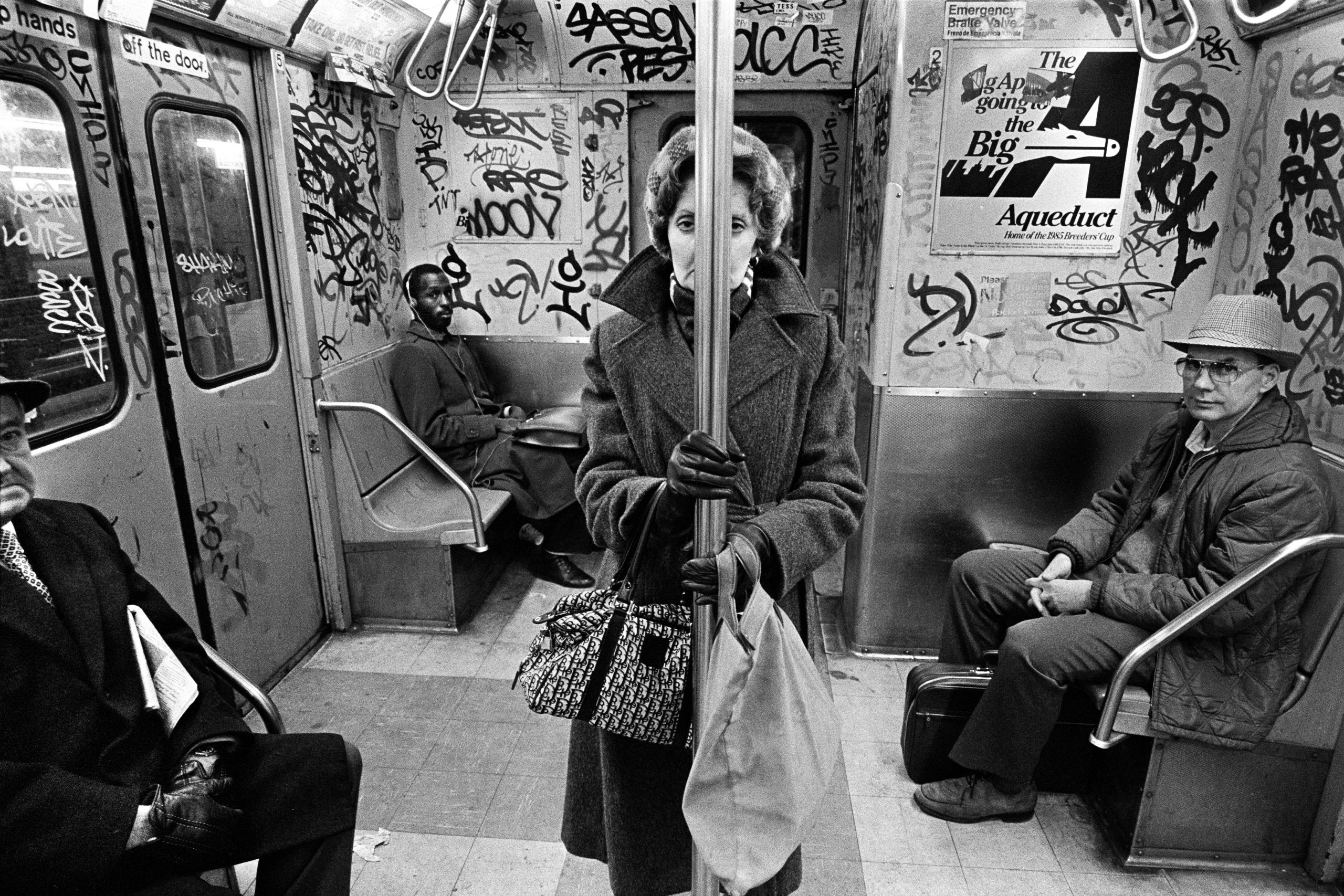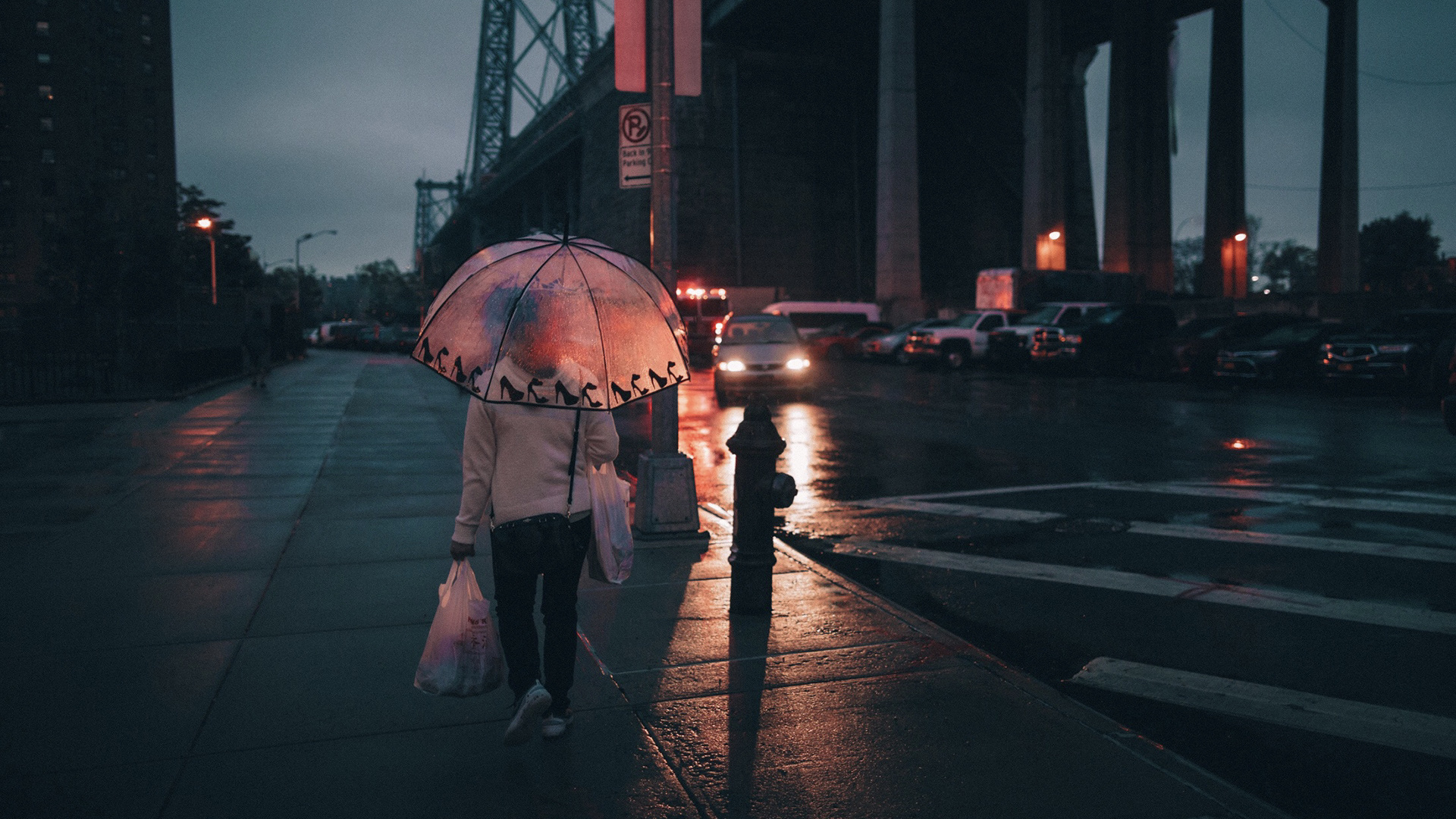How Street Photographers can Save You Time, Stress, and Money.
How Street Photographers can Save You Time, Stress, and Money.
Blog Article
A Biased View of Street Photographers
Table of ContentsAbout Street PhotographersThe Ultimate Guide To Street PhotographersThe Best Strategy To Use For Street PhotographersA Biased View of Street PhotographersThe 3-Minute Rule for Street Photographers
, a genre of photography that documents daily life in a public area. The actual publicness of the setup allows the professional photographer to take honest images of strangers, typically without their knowledge. Street professional photographers do not always have a social objective in mind, but they favor to separate and catch minutes which may or else go undetected.Though he was influenced by numerous of those who affected the street digital photographers of the 1950s and '60s, he was not mainly interested in capturing the spirit of the street. The impulse to visually record people in public began with 19th-century painters such as Edgar Degas, douard Manet, and Henri de Toulouse-Lautrec, who functioned side by side with digital photographers trying to record the significance of city life.
Due to the comparatively primitive technology readily available to him and the lengthy exposure time required, he struggled to capture the hustle and bustle of the Paris roads. He explored with a collection of photo techniques, attempting to discover one that would allow him to record motion without a blur, and he located some success with the calotype, patented in 1841 by William Henry Fox Talbot. While the professional photographers' topic was essentially the very same, the results were markedly different, demonstrating the impact of the photographer's intent on the character of the pictures he generated.
More About Street Photographers
Provided the fine top quality of his photos and the breadth of product, engineers and artists typically acquired Atget's prints to utilize as referral for their own work, though business interests were barely his major inspiration. Rather, he was driven to photo every last remnant of the Paris he loved. The mingled enthusiasm and seriousness of his goal sparkle through, resulting in photographs that narrate his very own experience of the city, high qualities that expected road digital photography of the 20th century.

Unlike his peers, Brassa utilized a larger-format Voigtlnder camera with a longer exposure time, compeling him to be more calculated and thoughtful in his method than he may have been if making use of a Leica.

Fascination About Street Photographers
It is due to this basic understanding of the art of photo taking that he is commonly her response attributed with finding the tool throughout again approximately a century because its development. He took photos for even more than a half century and affected generations of photographers to trust their eye and instinct in the minute.
These are the questions I shall attempt to address: And afterwards I'll leave you with my very own interpretation of street photography. Yes, we do. Let's begin with specifying what an interpretation is: According to it is: "The act of defining, or of you can try here making something precise, unique, or clear".
No, most definitely not. The term is both restricting and deceiving. Sounds like a street digital photography ought to be images of a streets appropriate?! And all road photographers, besides a tiny number of absolute beginners, will fully value that a road is not the crucial part to street photography, and really if it's an image of a street with maybe a few monotonous people doing absolutely nothing of passion, that's not street photography that's a picture of a street.
How Street Photographers can Save You Time, Stress, and Money.
He makes a legitimate factor do not you think? Nevertheless, while I concur with him I'm not exactly sure "honest public digital photography" will certainly catch on (although I do type of like the term "candid digital photography") since "road photography" has actually been around for a lengthy time, with numerous masters' names affixed to it, so I believe the term is right here to remain.
Inside?! I hear you yell as you tremble your clenched fist to the skies. Why not? You can shoot at the coastline, at a celebration, in an alley, in a park, in a piazza, in a cafe, at a gallery or art gallery, in a metro terminal, at an event, on a bridge, under a bridge ...
Yes, I'm worried we have no option! Without guidelines we can not have an interpretation, and without a meaning we do not have a style, and without a category we do not have anything to specify what we do, therefore we are embeded a "rules definition genre" loop! And no-one intends to obtain stuck in a loop. - Street Photographers

Report this page